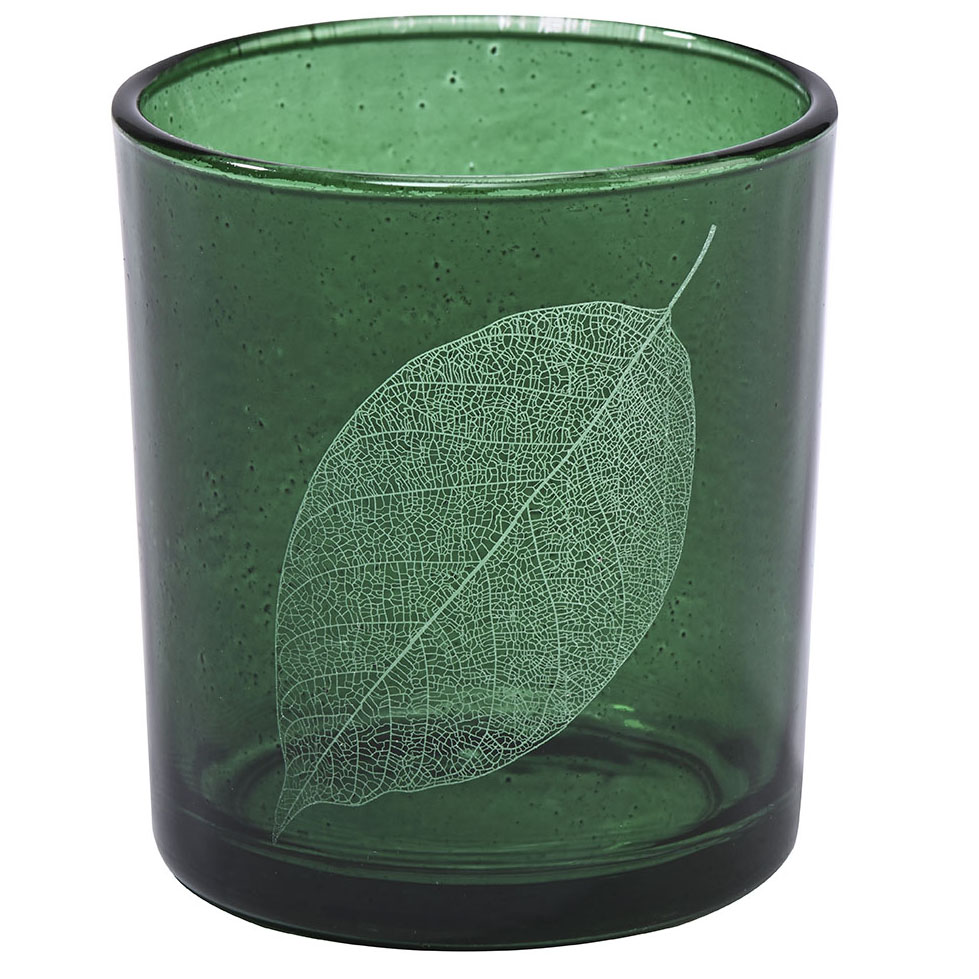Latest Blog
Industrial UV Laser Marking on Glass: How to Achieve High Quality
Apr 22 , 2023How to improve the quality of laser marking on glass? Perhaps this is your first week of starting a laser engraving business or you have been using your laser quite proficiently for some time now, and today you tried to give a shot to a glass object. It can be a custom order for a beer glass, decoration ornament, or anything else made of glass. If you are a small business owner laser marking on glass can open a lot of new business opportunities and potentially amplify your business revenues. That is of course, if you end up mastering the art of laser marking on such a delicate material.
A Industrial UV laser engraved glass cup

Unlike metals, plastic, ceramic or almost any type of material glass is far less forgiving for mistakes . Yet the entire awards and engraving industry has an ample demand for memorabilia. Be it a custom name plate, a wine glass or an engraved honor plaque. So how do you perfect this art of laser marking on glass you wonder?
In the upcoming series of articles we will discuss a number of different aspects of this delicate process. We will first explore the two main types of processes employed for laser marking on glass objects. by some meaty articles discussing the types of lasers used in such applications. We will give practical tips on how to adjust parameters and further refine them. We will show how to position the samples in the chamber and how to focus the laser for the optimum performance. So please stay tuned! Without further ado our first one in these series:
Technologies of Glass Marking with Industrial UV Lasers
The first thing to decide is choosing the process of laser marking. There are two main process that are used in laser marking – additive laser marking and engraving. Additive laser marking, as the name suggests, involves sintering special colored materials to the surface of glass thus achieving contrast. In contrast, during laser engraving, the material itself is altered in the marked area that created a distinct contrast between the marked and untouched areas. In the following two sections we briefly describe these two technologies.
Additive Industrial UV Laser Marking on Glass
Additive laser marking refers to the process of coating the substrate with a special ink which then binds to the material by “welding” under the intense flux of laser radiation. This special laser marking materials (inks) are designed to absorb the light radiation and heat up the surrounding micro-area to melting temperatures. The created hot sup then permanently binds to underlying glass trapping special dye particles in the process.
As a result the bonded material creates thin layer on top of the glass, just like a painted ink on a glass or ceramic that was baked in a kiln. It is the addition of the colored pigments that creates the contrast in the laser mark. Invented in 1990’s this technology allows producing permanent marks on metal, glass, ceramic and stone parts for a wide range of industrial and artistic applications.
The key advantage of additive laser marking of glass substrates is the high-contrast and the ability to add colors. The latter can be done through the choice of different color laser marking inks. These advantages arguably come with the requirement of a skilled operator and special handling instructions.
Note, in the realm of plastic industry, additive laser marking may also refer to the process of adding special inks to assist laser marking. Unlike the above-described inks, these inks are designed to convert the absorbed laser energy into heat. The ink itself in this scenario is not bonded to the marked material.
Laser Marking on Glass by Engraving
Unlike the additive laser marking process described above, laser engraving directly processes the material without the help of any additives. During engraving the intense laser beam creates micro-cracks on the substrate and by passing over the marking area creates a nice “field of micro-cracks” that reflects light and appears as a beautiful sand-blasted matt finish that you see in the final artifact. The actual mechanism of laser interaction with the material is rather complex. It depends on the type of the laser as well as the conditions of radiation, such as its power, wavelength (a.k.a. the color), focusing, frequency of pulses and more.
For the purposes of this article, it is enough to assume simply that the absorbed radiation is causing an intense micro-damage to the area by melting the surface locally in a tiny-tiny region. A typical focal spot size – the size of the laser radiation at the substrate is in the order of 100 um (a 10th of a millimeter). This is so small that the integrity of the substrate is not compromised; yet big enough to create the visual effect of a matte finish.